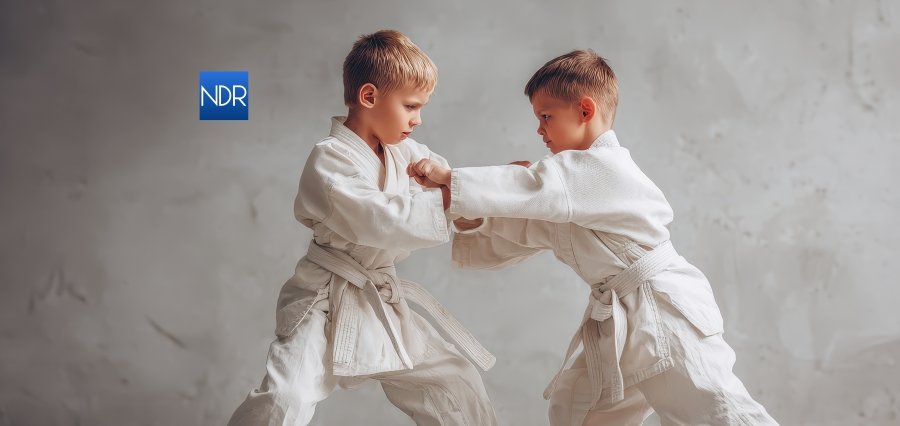Character in Every Move
Every parent wants their child to grow into a happy, capable adult. One quiet skill often decides how far they go: self-control. Kids self-control is the ability to pause before acting, to choose the harder right over the easy wrong, and to keep going when feelings scream “quit.” It shows up when a five-year-old waits for her turn on the slide or when a teenager studies instead of scrolling. Small moments build big futures.
Why Self-Control Matters
Research paints a clear picture. The famous Marshmallow Test from the 1970s followed preschoolers who could eat one treat now or wait for two. Kids who waited scored higher on SATs years later, finished college at higher rates, and even had lower BMI as adults. More recent studies link strong kids’ self-control to better grades, fewer behaviour problems, and stronger friendships. Self-control beats IQ in predicting school success. It acts like a muscle for the mind—train it early, and it carries weight for life.
Start with the Body
Young children live in their bodies first. Simple games turn wiggle energy into focus. Try “Red Light, Green Light.” One yell of “Green!” sends kids racing; “Red!” demands a freeze. The yard is full of laughter, yet the actual victory is the split-second stop. Add Simon Says to train on listening and then moving. Such games help kids have self-control without talking lessons. For toddlers, hand over a snack in a clear cup with a tight lid. Opening it slowly builds patience finger by finger.
Make Waiting Normal
Modern life hands kids instant everything—videos, games, answers. Waiting feels like punishment. Flip the script. At dinner, let the child set the table and wait until everyone sits before the first bite. In the car, play “I Spy” instead of screens. Short, predictable waits show that good things come to those who pause. Praise the wait, not just the prize: “You kept your hands folded while we counted to ten—that’s strong self-control!”
Turn Choices into Teachers
Give kids safe decisions daily. “Do you want to brush teeth now or after one more book?” Either way, the routine happens; the choice builds ownership. Older kids pick homework time within a window: “Anytime before 7 p.m.” When they stall, a calm reminder—“Clock’s ticking, your call”—lets natural consequences teach. Avoid rescuing. A forgotten jacket on a chilly morning stings once; the lesson sticks forever.
Model the Muscle
Kids mirror what they see. If a parent snaps at traffic, the child files anger as the go-to response. Catch yourself mid-frustration: “I’m upset the line is long. I’ll take three deep breaths.” Name the feeling, show the brake. At home, keep promises. If you say “five more minutes of play,” end at five. Trust in adult self-control becomes trust in their own.
Use Stories and Heroes
Books and shows plant seeds. Read The Little Engine That Could and ask, “What helped the engine keep trying?” Watch a sports movie where the underdog practices instead of quitting. Real-life heroes work too. Share how a favourite athlete stuck to early morning runs long before fame. Stories make kids’ self-control feel heroic, not hard.
Build a “Calm Corner”
Every home needs a reset spot. A bean bag, soft light, paper, and crayons invite a child to step away when emotions flood. Teach a simple script: “I feel mad. I’ll sit here until I’m ready.” No timeout punishment—just a pit stop. Over time, kids walk there on their own. Self-regulation grows from self-awareness.
Praise Effort, Not Talent
Say “You kept trying even when the tower fell—great stick-to-it!” instead of “You’re so smart.” Effort praise wires the brain for challenge. Checks on a sticker chart: one sticker each on waiting nicely, cleaning up without reminders. A family game night is a reward of ten stickers. Tangible cause-and-effect mirrors real life.
Handle Screen Time Wisely
Screens steal practice time for kids’ self-control. Set clear limits: “Two shows, then park.” Use a visual timer so the end isn’t a surprise. When the buzzer rings, turn off together. If tears come, validate: “It’s hard to stop something fun.” Then redirect: “Let’s build that fort now.” Consistency turns off buttons into habits.
Grow Through Teens
Self-control shifts in adolescence. Brain wiring favours risk, but the muscle still strengthens. Negotiate curfews with input: “What time feels fair to you, and why?” Let natural outcomes teach—late once, earlier curfew next time. Encourage part-time jobs or sports; both demand showing up on time and pushing through boredom. Applaud small achievements: delayed action gratification: when one passes a driving test after months of practice.
The Long View
Picture a child at 25, turning down a risky shortcut because waiting feels familiar. Or a 40-year-old finishing a degree while working full-time, drawing on pauses practiced at age six. Kids self-control is not about perfect robots; it’s about humans who can steer. Every small choice—waiting for the swing, breathing through anger, choosing homework over games—lays another brick in a sturdy character.
Parents aren’t perfect either. Some days the house is loud, the schedule cracks, and patience frays. That’s okay. Apologize, try again, and keep the long game in sight. The goal isn’t flawless days but steady growth. Start tonight: one shared deep breath, one extra minute of waiting, one clear choice. Character builds in every move.


